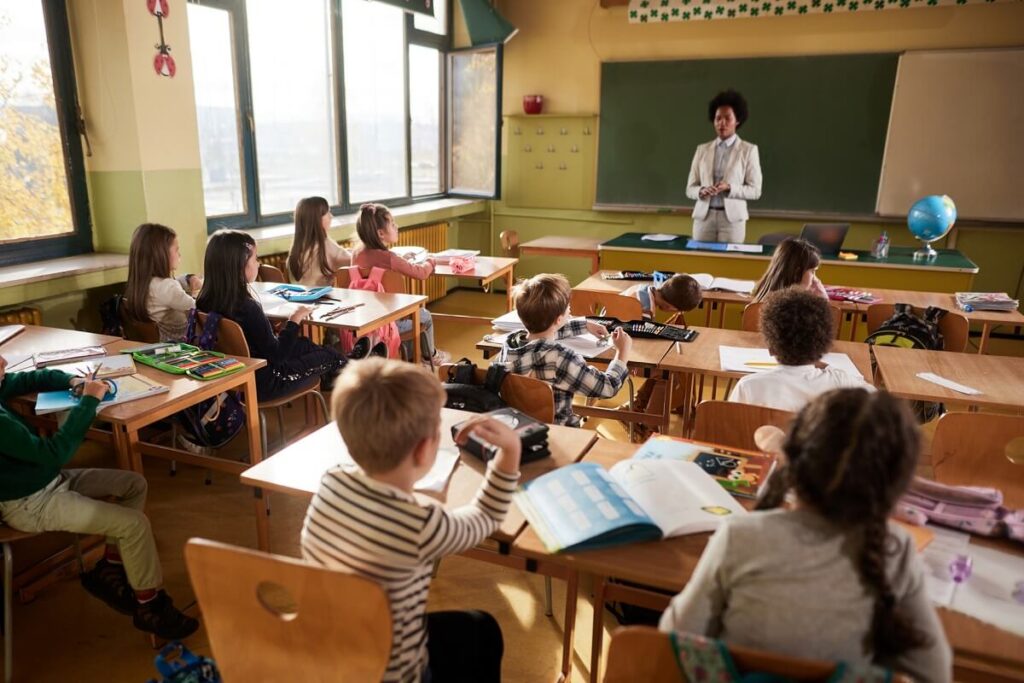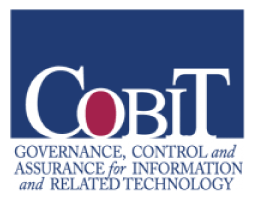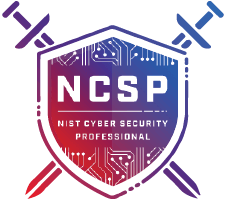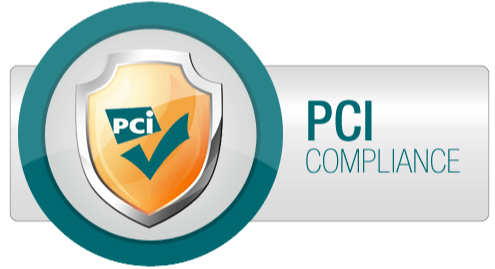In delivering special education programming, it is becoming more and more common to support our students with disabilities within the general education classroom. No one will argue that students with disabilities, including those who have autism, don’t benefit from being around their general education peers and the high expectations that come with the general education curriculum. School districts often assign Paraprofessionals as the staff members that support students with autism in the general education classroom.
Here is where our service delivery model often falls short for our students with autism: school districts are not training their Paraprofessionals in the skills that they need to model, support, and redirect students when they need assistance. The problem does not lie with the Paraprofessionals but with the decision-makers within a school district.
There are many skilled and passionate Paraprofessionals that serve within public education. The problem that these well-intentioned service providers face is that they are often thrown into the general education classroom without the following supports:
- Time to review and discuss the IEPs of students that they are supporting.
- Time to shadow someone else supporting the students that they will eventually support.
- Formal training in communication and sensory-related supports.
All of these professional supports are essential for the success of our students with autism within the general education setting. Those who are in leadership positions should think through how they can support their Paraprofessionals in these three areas. However, for the purposes of this discussion, we are focusing only on the last bullet point: providing Paraprofessionals with formal training in communication and sensory-related supports when supporting our students with autism.
Whether a student with autism is nonverbal and requires an augmentative alternative communication device, or is verbal and struggles with reading social cues from others, he or she will often work with a Speech and Language Pathologist on communicative strategies to help overcome barriers that they may face on a day to day basis in the general education classroom. Although it is easy for an educational leader to assign a Paraprofessional to another task while students with autism are being supported by a Speech and Language Pathologist, there are several benefits of having the Paraprofessionals who work with students with autism sit in on their specially-designed instruction for communication.
The main benefit that a Paraprofessional experiences by working directly with a Speech and Language Pathologist is that they can identify what the strategies of focus are. Not only can they see the strategies that the Speech and Language Pathologist is focusing in on, but the Speech and Language Pathologist can actually have the Paraprofessional participate in the specially designed instruction. In turn, the Paraprofessional can model and reinforce these communicative strategies, supports, and accommodations in the general education classroom.
In short, this is a train the trainer model. The real growth in communication for a student with autism most likely will not occur in the 60 minutes that they spend with the Speech and Language Pathologist each week. Rather, it will occur when these strategies and interventions are implemented and reinforced by the Paraprofessional in naturally occurring environments in the general education classroom.
This train the trainer model can also be applied to a Paraprofessional working directly with an Occupational Therapist as they are providing sensory supports, accommodations, and strategies to a student with autism. The Paraprofessional almost becomes an extension of the Occupational Therapist in the general education classroom, guiding the student to the appropriate supports to help them become emotionally regulated while minimizing instructional time lost.
Besides becoming an extension of the Occupational Therapist and Speech and Language Pathologist in the general education classroom, another benefit to having Paraprofessionals sit in on communication and sensory-related instruction is empowering them to give the IEP team members feedback on the implementation of the strategies, accommodations, and supports that are being used by the student. They can share which ones are impactful and helping mitigate the student’s barriers and point out some potential adjustments and/or changes to the strategies and accommodations that are not having the desired effect. This not only strengthens the strategies being implemented, but makes the Paraprofessionals feel like valued team members whose voice is being respected and heard. In short, their feedback matters to the student with autism, the Speech and Language Pathologist, and the Occupational Therapist, and they see the impact of their feedback.
Paraprofessionals do NOT have to sit in on every minute or every session (for that matter) that a student with autism has with a Speech and Language Pathologist and/or Occupational Therapist. Often times, it helps to frontload a Paraprofessional’s time with these service providers, especially when new strategies and/or supports are being taught. From that point on, the team members can decide the appropriate frequency and amount of time for the Paraprofessional to work directly with the Speech and Language Pathologist and Occupational Therapist.
When working with Paraprofessionals to effectively support students with autism, educational leaders should take the following points into consideration:
- Paraprofessionals can also be trained in supporting students with autism through a variety of web-based trainings in addition to working directly with service providers like Speech and Language Pathologists and Occupational Therapists.
- Paraprofessionals can be provided with professional learning opportunities that connect them with other Paraprofessionals within your school district so they can learn from one another and serve as a sounding board.
- Paraprofessionals can be a great source of feedback for a student’s special educational programming and for helping plan future professional learning opportunities in special education.
There is a financial investment that comes with providing time for Paraprofessionals to receive training on how to support students with autism directly from Speech and Language Pathologists and Occupational Therapists as well as receiving other professional learning opportunities. However, the benefits truly outweigh the costs, and our students with autism can make significant growth when we make this investment in professional learning for our Paraprofessionals.
For information on Rethink Ed’s professional training for educators and paraprofessionals, including our Basic ABA and Advanced ABA on-demand training series, visit our Professional Development for ABA page.











